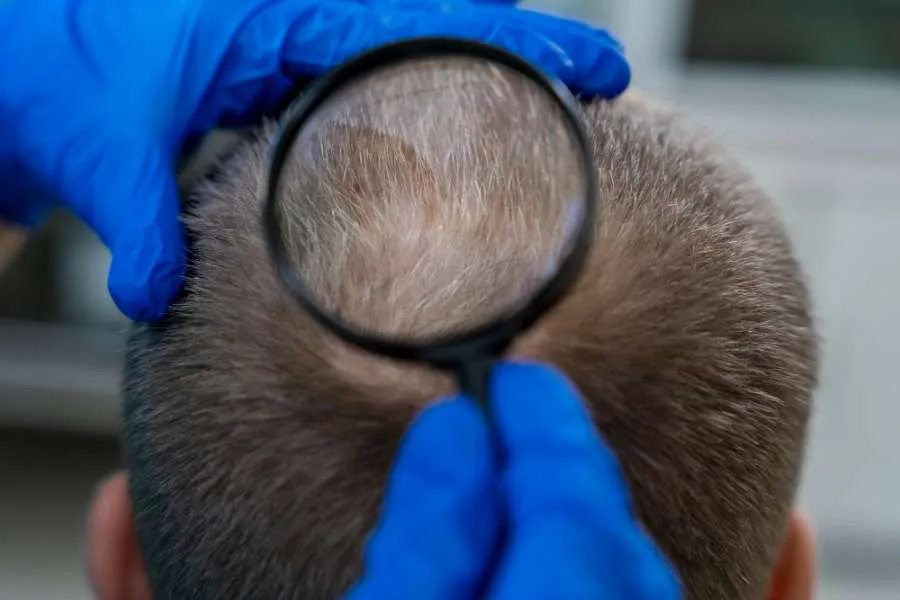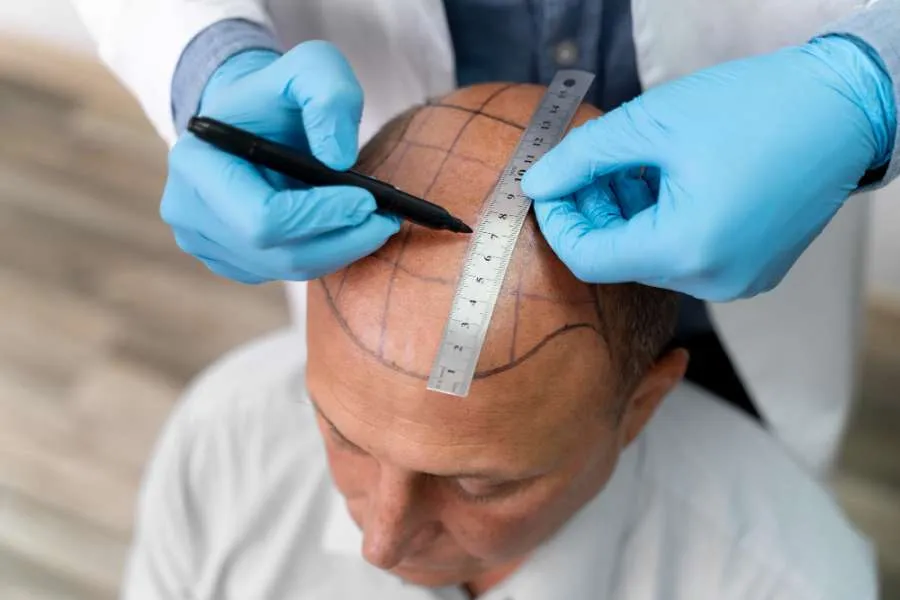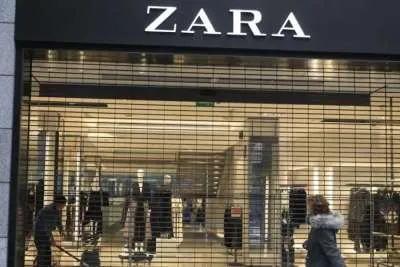UK hair-transplant boom meets tougher scrutiny: What readers should know
- 11-10-2025
- Health
- collaborative post
- Photo Credit: Freepik
Hair transplant demand keeps rising in the UK, but so does the pressure on clinics to prove who’s doing the surgery, how results are advertised, and what safety nets exist if things go wrong. The cost of hair transplants in the UK is not spared, as clinics can charge up to £15,000 for a hair transplant, depending on how complex it is.
Professional bodies have drawn bright lines around who may carry out surgical steps. The British Association of Hair Restoration Surgery (BAHRS) states that in the UK, only GMC-registered doctors should make skin incisions, including FUE extractions and recipient sites; technicians may assist but shouldn’t perform those parts.
BAHRS’s published standards and position statements make that explicit and are aimed at both patients and providers.
The General Medical Council (GMC) adds broader obligations for any doctor offering cosmetic interventions: robust consent, realistic outcomes, continuity of aftercare, and appropriate marketing. Those requirements matter in a field where some business models are sales-led and throughput-driven.
Registration and oversight are part of the picture, too. Where surgical procedures are performed, providers generally need to be registered for the relevant Care Quality Commission (CQC) regulated activity, inspection histories are public, and consumers can check a clinic’s status in minutes.
Ad claims face a higher bar
Regulators are also policing the promises made to prospective patients. The Advertising Standards Authority (ASA) has ruled against hair-transplant ads that implied near-perfect success rates or otherwise risked trivialising surgery, decisions that signal a low tolerance for vague guarantees and glossy before-and-afters that overreach.
While hair transplantation already sits in a surgical, CQC-regulated space, the wider UK hair transplant landscape is tightening as well. In August 2025, the government confirmed a licensing scheme for non-surgical cosmetic procedures in England, reforms aimed at raising consumer protection across the sector.
Observers expect that culture shift to spill over into how surgical providers communicate risks and aftercare, even if the licensing itself targets non-surgical work.
Why readers should care: costs compound when standards slip
Here’s why it matters in real life: the “cheap” headline fee can snowball into years of hidden expense. If planning is weak or execution sloppy, you’re not just risking a thinner-than-promised result; you’re risking donor overharvesting that permanently limits future options, visible textural scarring that needs SMP top-ups, and revision surgery with extra downtime.
Add lost earnings from additional recovery, travel and accommodation for fixes, and the emotional toll of living with a result you’re trying to camouflage. Your donor area is a finite asset; once it’s spent, it’s gone. Protecting it is usually cheaper than repairing it.
That’s why due diligence isn’t nitpicking; it’s cost control. Follow BAHRS-style advisories: confirm who performs each critical step (incisions and extractions), and see unedited donor-area photos under different lighting, not just a styled hairline.
Ask for the surgical plan in writing (graft numbers by zone, punch size, hairline design rationale), the clinic’s complication/escalation pathway, and detailed aftercare with named contacts.
Check UK basics like CQC registration, GMC-registered surgeons, and whether you’ll get a transparent op note (graft count, transection rate, medications used). According to a top Bristol hair transplant clinic, checking if a surgeon is GMC-registered is non-negotiable.
Clarify what’s covered if you’re under-delivered, warranty terms, thresholds for a no-fee top-up, and who pays for SMP if that’s proposed as a “fix.” These steps don’t just buy peace of mind; they materially reduce the lifetime cost of your hair restoration.
A quick consumer checklist
- Verify the surgeon. Use the GMC register; ask via email who will make incisions and perform extractions on the day. If it isn’t the named doctor, why not?
- Check CQC registration. Look up the provider and read any notes from recent inspections. Lack of clarity here is a red flag.
- Scrutinise the claims. Be cautious with “99% success”-type numbers, package deals, or time-limited discounts, patterns that have triggered ASA rulings.
- Ask for donor photos and time-stamped results. Honest galleries show matching angles/lighting and include 6, 12 and 18-month follow-ups.
- Read the warranty like a contract. Solid guarantees state assessment timelines (often 12–18 months) and what retreatment actually means in practice.
The bigger picture
Demand is rising, but scrutiny is rising faster. Hair restoration is getting a tailwind from social visibility (HD cameras, short-form video, celebrity disclosures) and incremental tech gains (better punches, imaging, graft-counting software, long-hair/unshaven FUE). At the same time, the UK landscape is tightening.
Clinics are expected to evidence doctor-led surgery end-to-end (incisions and extractions), documentable consent and risk counselling, and defensible indications (donor management, long-term planning).
Medical tourism has also heightened expectations: UK patients return from abroad with complications, which has sharpened media and regulator focus on who did what, where, and under what standards.

Regulatory and advertising guardrails are more explicit than ever. CQC wants governance you can audit (incident logs, SOPs, infection control). GMC expects accountability and scope-of-practice clarity for doctors. ASA/CAP are policing claims, before/after photography, “from £” pricing, limited-time offers, and social proof, especially around celebrity or influencer content. ICO cares how clinics capture and store clinical images.
Finance offers must meet FCA rules; referral arrangements and commissions need daylight. BAHRS guidance is increasingly the de facto clinical baseline (donor-area preservation, complication pathways, escalation). In short, the clinics that win growth will be the ones that can show their work.
What this means in practice: treat compliance as a growth moat. Build an outcomes ledger (grafts by zone, transection rate, PROMS), publish plain-English pricing with inclusions/exclusions, keep a photo protocol (angles, lighting, timepoints), and codify red-flag criteria (early age, diffuse loss, miniaturised donor). Document who performs each step and why.
Bottom line
More Britons are seeking transplants; more scrutiny is following the money. For readers weighing up options, at home or abroad, the safest route remains the dullest: verify the surgeon, verify the site, interrogate the small print, and assume that too-good-to-be-true claims usually are. The cheapest clinic on the day can become the most expensive choice by the end of the year.
Other articles that may interest you...
Trending
Most Read Articles
Featured Videos
A Vision of Elvis Tenerife Promo
- 10-05-2025
TEAs 2025 Highlights
- 17-11-2025



























































